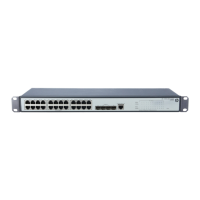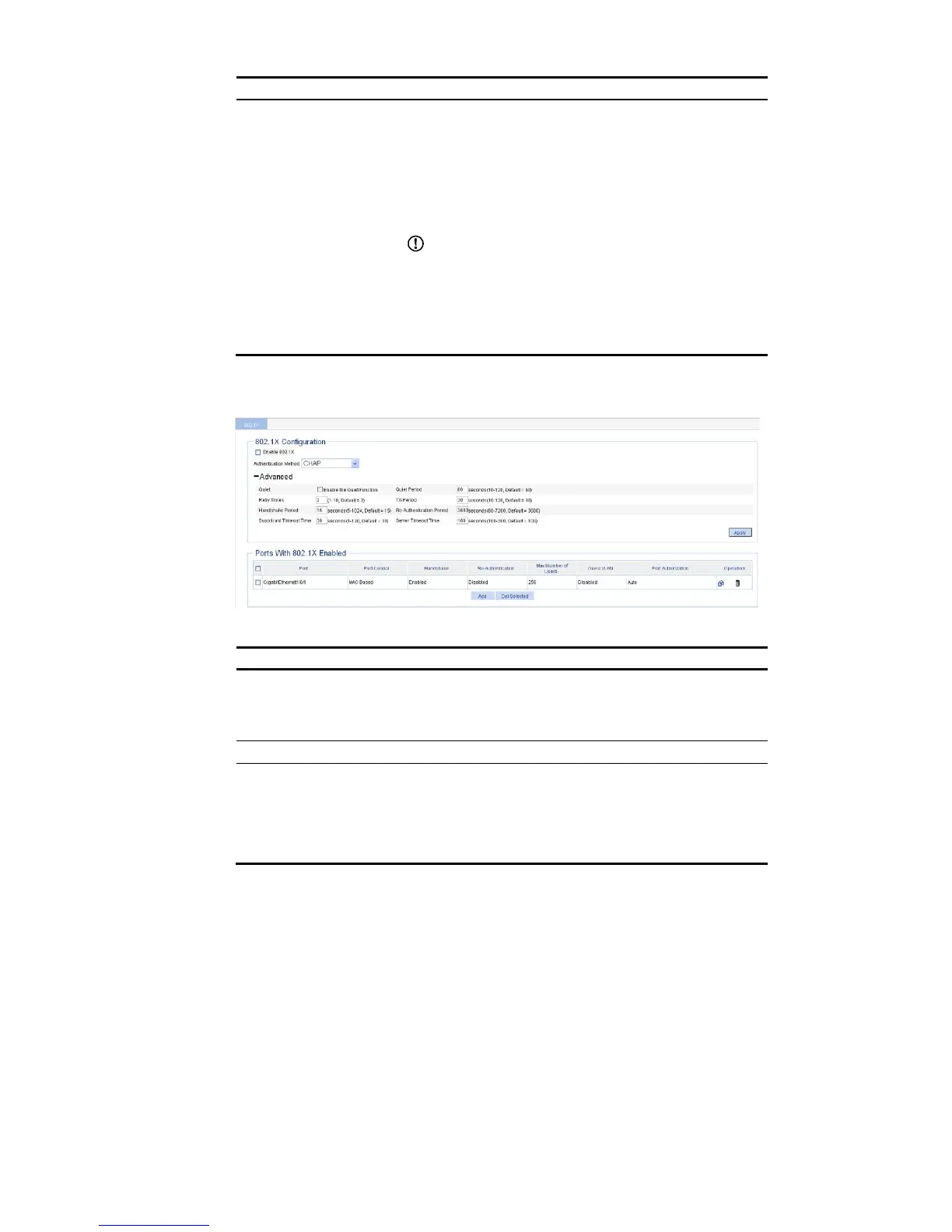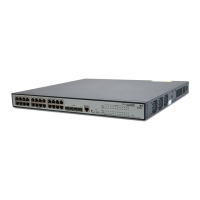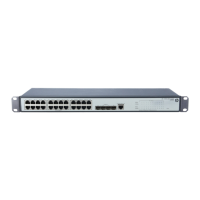Authentication Method
Specify the authentication method for 802.1X users. Options include CHAP,
PAP, and EAP.
CHAP: Sets the access device to perform EAP termination and use the
CHAP to communicate with the RADIUS server.
PAP: Sets the access device to perform EAP termination and use the PAP
to communicate with the RADIUS server.
EAP: Sets the access device to relay EAP packets, and supports any of the
EAP authentication methods to communicate with the RADIUS server.
IMPORTANT:
If the client supports only MD5-Challenge EAP authentication, you can use
both EAP termination and EAP relay. To use EAP-TL, PEAP, or any other EAP
authentication methods, you must use EAP relay. When you make your
decision, see "A comparison of EAP relay and EAP termination" for help.
For more information about EAP relay and EAP termination, see "802.1X
authentication procedures."
Click Advanced to expand the advanced 802.1X configuration area. as shown in Figure 288.
Table 120 Advanced 802.1X configuration page
Table 121 Advanced 802.1X configuration items
Item Descri
tion
Quiet
Specify whether to enable the quiet timer.
After an 802.1X user fails to be authenticated, the device will keep quiet for a period of time
defined by Quiet Period. During the quiet period, the device will not perform 802.1X
authentication on the user.
Quiet Period Specify the value of the quiet timer.
Retry Times
Set the maximum number of authentication request attempts.
The network access device retransmits an authentication request if it receives no response to
the request it has sent to the client within a period of time (specified by using the TX Period
option or the Supplicant Timeout Time option). The network access device stops
retransmitting the request, if it has made the maximum number of request transmission
attempts but still received no response.

